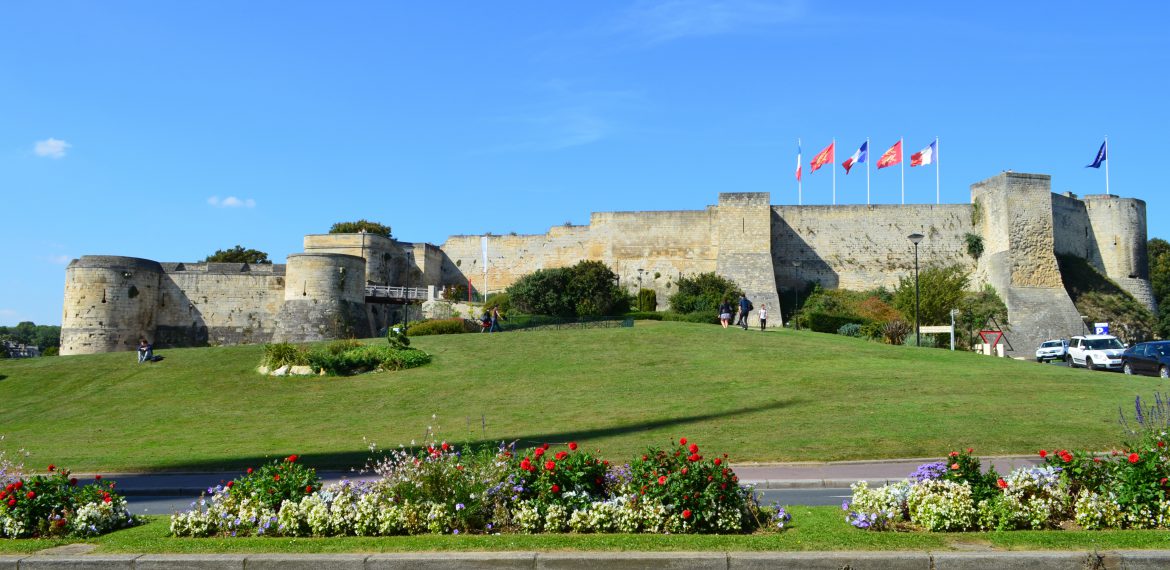
Modélisation de l’évolution du trait de cote a long-terme et large-échelle avec Shoreline
Résumé
L’urbanisation littorale croissante appelle à une gestion durable de la zone côtière,
en particulier dans le contexte actuel de changement climatique. La modélisation à long-terme
et large-échelle du trait de côte (TdC) est un élément de compréhension important de la
dynamique du système littoral et des impacts des aménagements. Tandis que les littoraux
complexes sont traités avec peu de flexibilité par les modèles existants (GENESIS, UNIBEST,
LITPACK…), le modèle open source ShorelineS (IHE Delft) permet de faire évoluer librement
le TdC, et de traiter des zones complexes à large échelle sur plusieurs décennies. Ce modèle a
été appliqué par EGIS au cas de Saly (Sénégal), pour évaluer sa pertinence et son potentiel
pour une côte complexe et fortement aménagée. Après une phase de calibration et plusieurs
développements apportés au modèle, la phase de validation a montré des résultats de
reproduction de l’évolution du TdC satisfaisants. Les potentialités et les limites du modèle sont
établies, et placent ShorelineS comme un modèle central pour l’étude de l’évolution des
morphologies côtières complexes et variées.
MOTS CLEFS : protection du littoral, érosion côtière, changement climatique, modélisation,
ShorelineS.
Abstract
The need of sustainable coastal management is justified by the
context of climate change and urban growth. Long-term and large-scale shoreline modelling
helps to understand coastal dynamics. It is today possible to model shorelines evolution (with
GENESIS, UNIBEST, LITPACK…), however with light flexibility and for coasts that are not too
complex. The ShorelineS model (IHE Delft) allows to compute complex shorelines, to a large
scale and many decades. Multiple processes are included, in terms of sea state, sediment
transport formulations, groynes and breakwater treatment, tide. EGIS applied this model to the
case of Saly (Sénégal), in order to assess its potential to understand shoreline dynamics. After
a calibration phase and several developments, the validation phase shows how ShorelineS has
a great potential to help understand complex and variable coastlines, and helps to identify its
limits and further developments to make.
KEYWORDS: Shore protection, coastal erosion, climate change, numerical modelling, ShorelineS